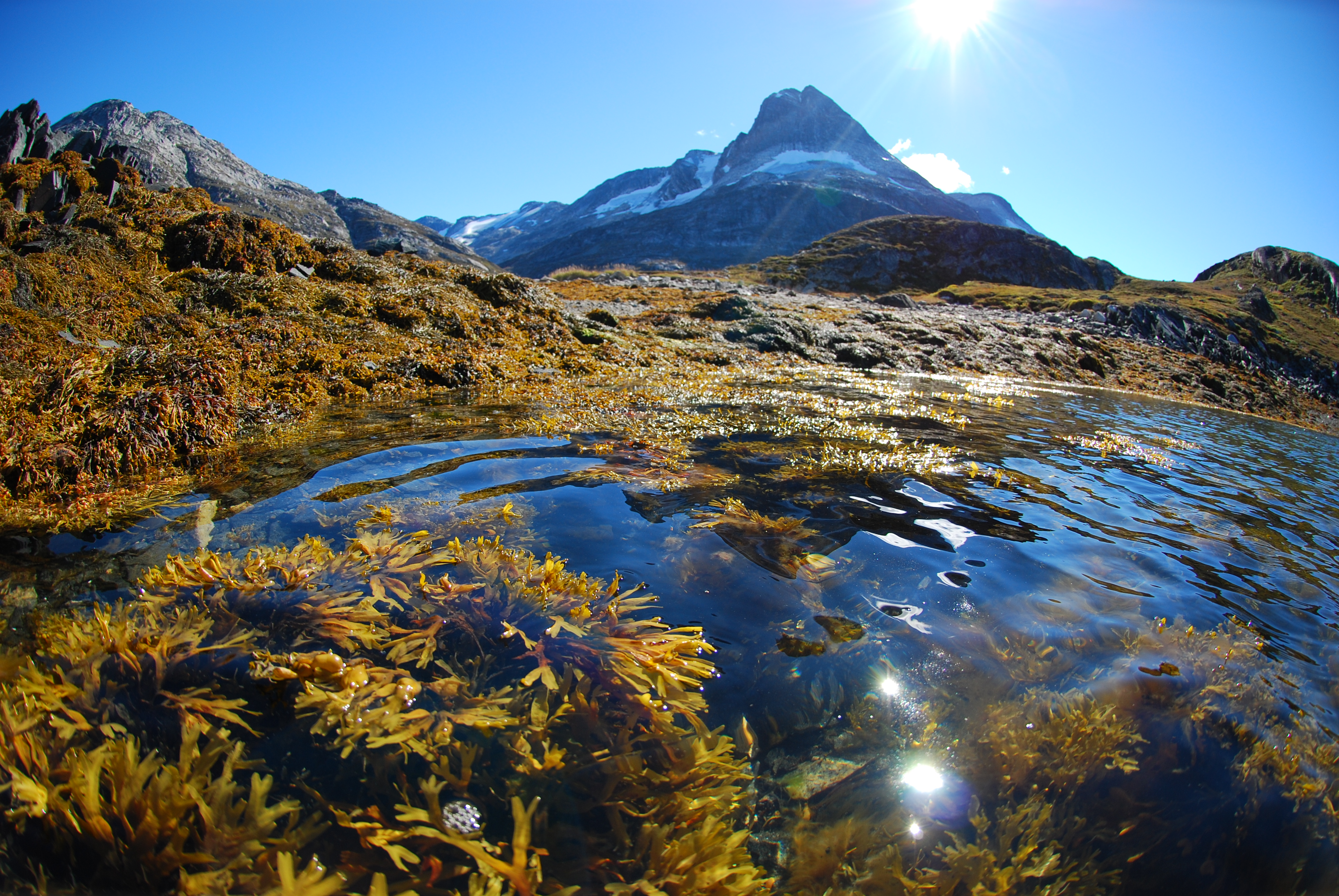Seaweed plays a huge role in global climate regulation
173 million tons of carbon. This is the estimated annual carbon uptake by marine macroalgae, which play a huge role in the global carbon cycle.

Our oceans are the largest carbon sink in the world: they are responsible for more than 90% of global carbon uptake. Up to date, studies on carbon storage have focused on the role of planktonic algae and rooted marine vegetation, such as seagrass meadows and mangrove forests. But this may not be the whole truth, new research shows.
Marine ecologist Dorte Krause-Jensen from ARC explains:
“We noticed that nobody had really considered the role of seaweeds in marine carbon budgets, although kelp forests and other marine macroalgae cover huge coastal areas”.
Indeed, the area covered by seaweeds is approximately 3,5 mill km2 – more than the area of Greenland. Would seaweed habitats be a state, it would be the seventh largest state in the world, between Australia (7,7 mill km2) and India (3,3 mill km2). Marine macroalgae are a diverse group, alone in Denmark there are more than 500 species. They exist in coastal areas all over the world, although in polar areas their distribution is limited by ice cover and light availability.
This revelation inspired Dorte Krause-Jensen and Carlos Duarte from King Abdullah University of Science and Technology to go through over 100 reports and articles to get an estimate of carbon uptake by marine macroalgae.
“Our calculations show that the total carbon uptake by seaweeds is about 173 mill tons per year”, tells Dorte Krause-Jensen, who is a specialist on the effects of human disturbance and climate on marine vegetation. She continues: “Indeed, coastal habitats seem to be more efficient in carbon uptake than, for instance, the rainforests in Amazonia.”
Seaweeds grow on stones and rocky bottoms, and store carbon in their biomass. When they are torn off from the substrate, they are transported to the deep ocean by drifting and sinking. Indeed, fresh Sargassum algae have been found in the guts of abyssal isopods (group of marine crustaceans) living on the seafloor in the depth of 6.475 m, confirming the transport of macroalgae to the deep oceans. When organic material falls below 1.000 m, it is considered to be removed from the carbon cycle.
What are the implications of these results?
“Understanding the major carbon sinks in the biosphere is of paramount importance to identify where there are management opportunities to mitigate climate change,” explains Carlos Duarte. Duarte’s research focuses on understanding the impacts of global change in marine ecosystems, and he clarifies that knowing the fate of carbon increases the opportunities to make interventions that take up more of the carbon dioxide that human activity releases into the atmosphere. And Dorte Krause-Jensen completes:
“The fact that coastal habitats play such a large role in global carbon budgets has enormous conservation implications: we really need to protect our kelp forests.”
In the Arctic, decreasing ice cover means that seaweed will thrive on new areas. This also means that the role of the Arctic as a carbon sink will be even more important in the future.
Read the article: Krause-Jensen D & Duarte CM 2016. Substantial role of macroalgae in marine carbon sequestration. Nature Geoscience, DOI: 10.1038/NGEO2790
